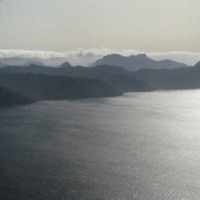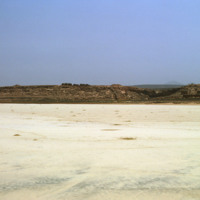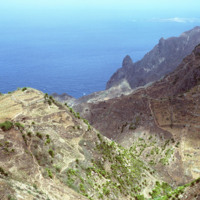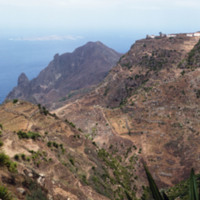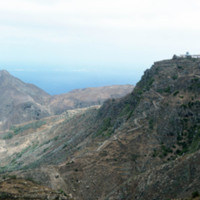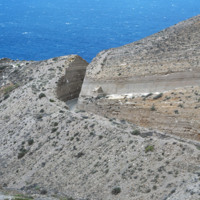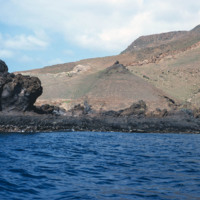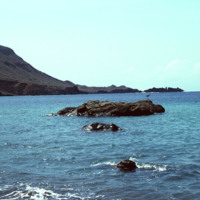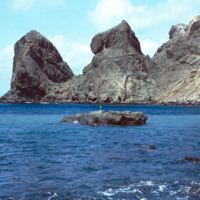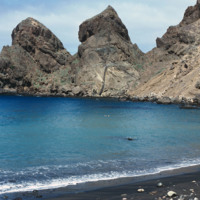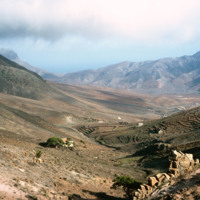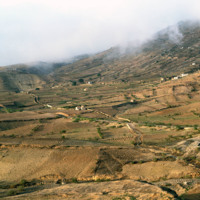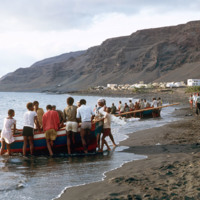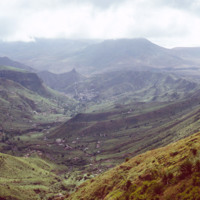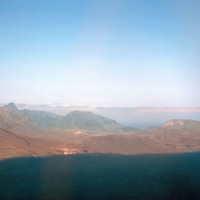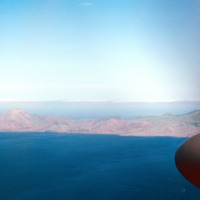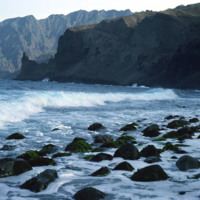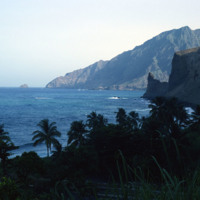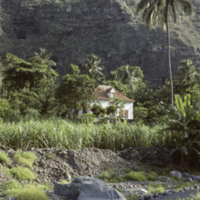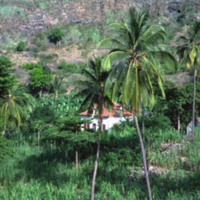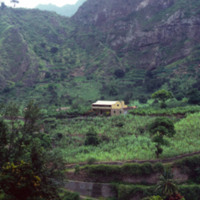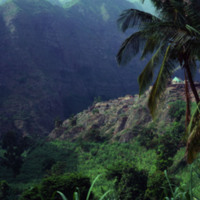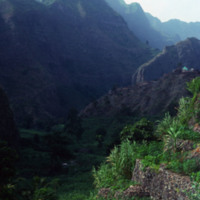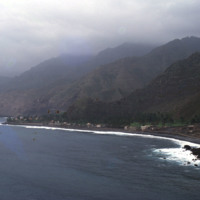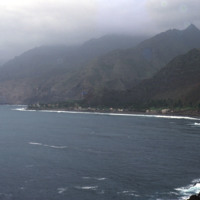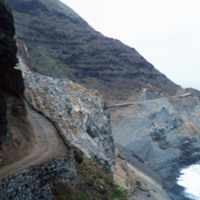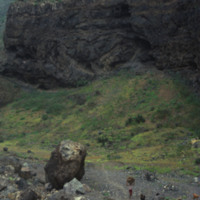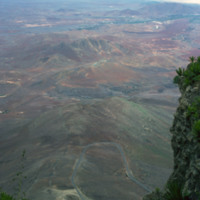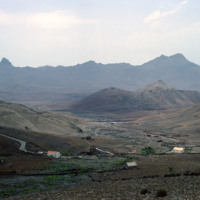Browse Items (33 total)
- Tags: mountains
Approaching Sao Vicente from the Air
Tags: aerial, mountains, São Vicente, water
Praia Santa Monica (5 of 5)
This beach, also known as Praia Curralinho is one of ten beaches on the island of Boa Vista. The beach itself is seldom used by people due to underpopulation and the…
Tags: beach, Boa Vista, mountains, Praia Santa Monica
Brava Landscape with Ilhéu da Areia
Mountain Road on Brava
Tags: brava, landscape, mountains, roads, transportation
Brava Coastline [Landscape]
Tags: brava, cliffs, coast, coastline, landscape, mountains, rocky, shore, transportation, waterfront
The Bay at Fajã d'Água
Tags: bay, brava, Fajã d'Água, harbor, mountains, waterfront
Protected Harbor at Fajã d'Água
Tags: bay, brava, Fajã d'Água, harbor, mountains, waterfront
Harbor at Fajã d'Água
Tags: bay, brava, Fajã d'Água, harbor, mountains, waterfront
Brava Landscape, High Elevation
Tags: brava, elevation, landscape, mountains, transportation
Boat Launching into Tarrafal Bay
São Nicolau: Highlands above Ribeira Brava (2 of 3)
Tags: mountains, Ribera Brava / Panja, São Nicolau
São Nicolau: Highlands above Ribeira Brava (1 of 3)
Tags: mountains, Ribera Brava / Panja, São Nicolau
Dilapidated stone structure in a valley
Tags: airport, mountains, Ribeira Brava, São Nicolau, stonework
Mountains and coast of São Nicolau
Tags: coast, mountains, São Nicolau
Coastline of São Nicolau
Tags: coast, mountains, São Nicolau
Coastline of São Nicolau
Tags: coast, mountains, São Nicolau
Rocky Coastline in Ribeira de Paùl
Tags: cliffs, mountains, Ribeira de Paùl, rocky coastline, Santo Antão
Mountains and cliffs descending to the Atlantic Ocean
Tags: cliffs, mountains, Paùl, Santo Antoão
Home of John Peter Santos
Agricultural homestead along the Ribeira do Paùl
Mountain Peaks, Ribeira do Paùl
Tags: lush, mountains, Ribeira do Paúl, river basin, Santo Antão, village
Peaks along the Ribeira do Paùl
Seaside village with foggy mountains rising above
Tags: coastal village, fog, mountains, Road to Paùl, Santo Antão, seaside, volcanic rock
Mountains rising from the sea above a village into the fog
Tags: coastal village, fog, mountains, Road to Paùl, Santo Antão, seaside, volcanic rock
Westbound road towards Paùl
Tags: coast, coastal road, dirt road, mountains, Santo Antão
Unimproved road to Paùl
Tags: cape verde, mountains, Paùl, roads, Santo Antão
View from Monte Verde
Tags: landscape, Mindelo, Monte Verde, mountains, São Vicente
